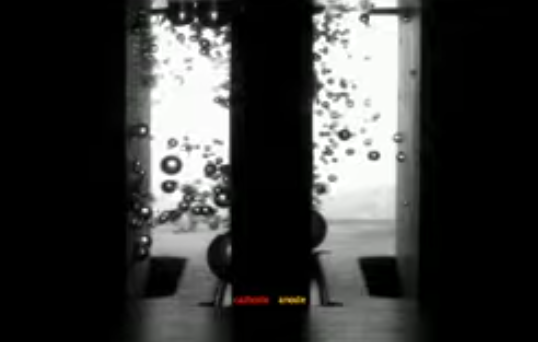Media release
From:
Chemistry: Off-the-shelf magnets could boost oxygen production in space *VIDEOS*
Magnets could increase the rate of water splitting in microgravity by up to 240% over unmodified devices, potentially producing substantially more oxygen for astronauts, according to a proof-of-concept study published in Nature Chemistry. The findings suggest a more efficient technology that could one day help to support human space exploration.
Space missions require highly efficient and lightweight human life support systems, but current systems — such as those onboard the International Space Station — rely on complex mechanical components and consume significant amounts of power, prompting the need for simpler and more reliable alternatives. Water-splitting chemistry using a process known as electrolysis converts water into breathable oxygen using electrodes, and it can reduce the amount of additional fuel and air needed to be transported to the spacecraft. However, owing to a lack of buoyancy, the gas bubbles produced do not lift off from electrode surfaces as readily in low gravity as they do on Earth, meaning less fuel and air for space travelers. Previously suggested solutions involved stirring or shaking the devices, but these methods still require additional energy and create additional costs.
Using drop tower experiments to simulate a reduced gravity environment, similar to that onboard a space station, Álvaro Romero-Calvo, Katharina Brinkert, and colleagues demonstrate a simplified way to remove gas bubbles from electrode surfaces during water electrolysis. They found that placing commercially available neodymium magnets in electrolysis devices allowed the oxygen bubbles to detach from an electrode more easily, owing to the greater magnetic field. This approach accelerated the generation of oxygen and hydrogen in low gravity. The authors also engineered proof-of-concept devices that could split water in low gravity (by separating out the gas bubbles) with an efficiency close to the value achieved on Earth.
Although further testing in low gravity is needed, this method could be used to improve water-splitting devices for potential use in future space travel, the authors suggest.



 International
International


